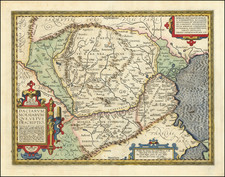Fine large map of Central Europe, issued shortly after the Congress of Vienna re-shaped Central Europe (1814-1815).
The Congress of Vienna, convened in 1814-1815, marked a pivotal moment in European history, reshaping the continent's political and geographical landscape in the aftermath of the Napoleonic Wars. This diplomatic gathering of Europe's major powers aimed to establish a balance of power and restore the political boundaries disrupted by years of conflict. The cartographic outcomes of the Congress reflected a comprehensive reorganization of national boundaries, with significant implications for the map of Europe.
The Congress's primary objective was to create a stable and balanced Europe by resizing the major powers so they could coexist peacefully, thereby preventing any single entity from becoming overwhelmingly dominant. This led to a series of territorial adjustments and reallocations that significantly altered the continent's cartography. France was returned to its 1792 boundaries, effectively rolling back the territorial expansions made during the Napoleonic era. This restoration was emblematic of the Congress's broader intent to revert to a pre-revolutionary state of affairs, whenever possible, to ensure stability.
In Central Europe, the German Confederation was established, a loose association of 39 German states under Austrian dominance, replacing the previously fragmented Holy Roman Empire. This reorganization was a cartographic manifestation of the Congress's efforts to consolidate control and simplify the complex patchwork of sovereignties that had characterized the region, aiming to create a more manageable and less conflict-prone structure.
Poland, partitioned at the end of the 18th century, saw its territory divided anew, with the Congress Kingdom of Poland being established under Russian sovereignty. This redrawing of boundaries diminished Polish independence and reflected the Congress's tendency to prioritize the interests of the major powers over national aspirations, a theme recurrent in the cartographic changes of the period.











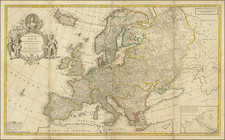
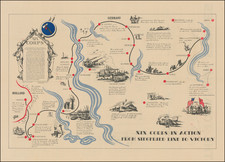
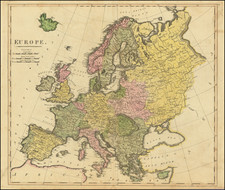
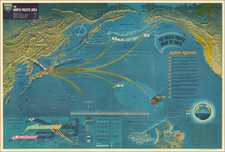
![(Prussian Octopus) En 1788 Mirabeau disait deja: La Guerre est l’industrie Nationale de la Prusse [Already in 1788 Mirabeau was saying: War is the national industry of Prussia]](https://storage.googleapis.com/raremaps/img/small/76554.jpg)
